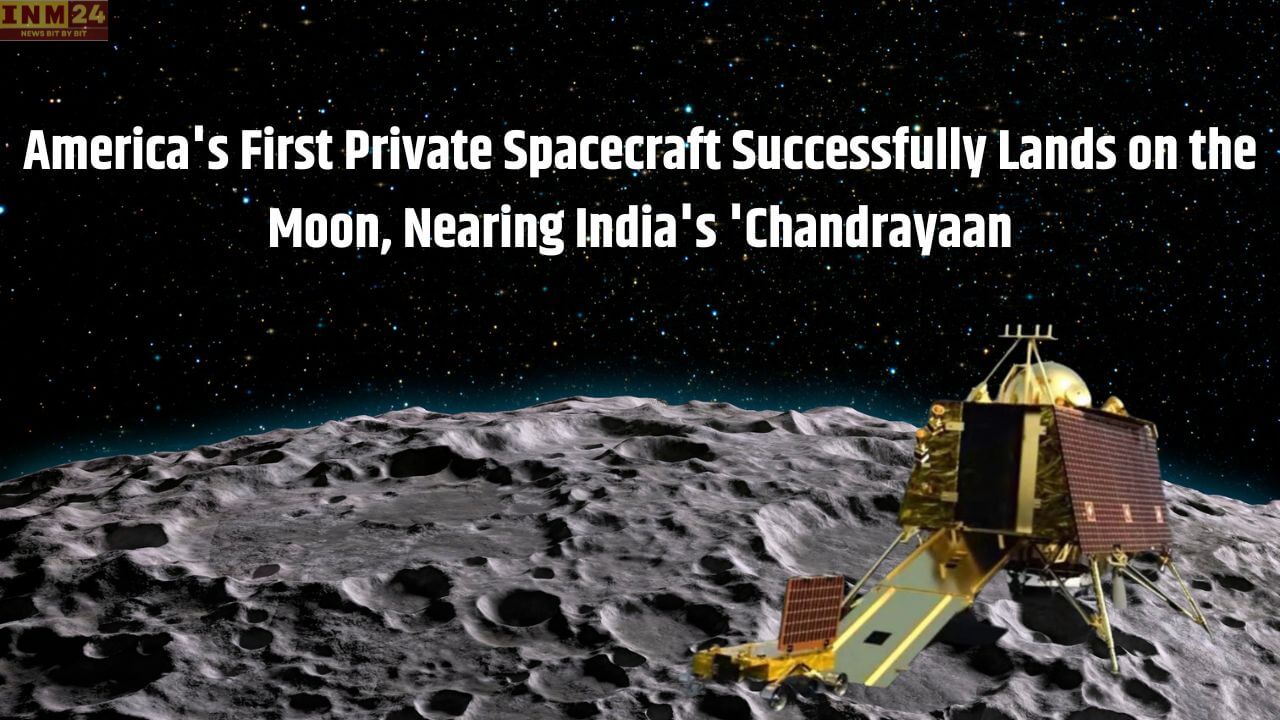In a monumental achievement, Intuitive Machines, a private American company, has successfully landed its robotic spacecraft, Odysseus, on the lunar surface. This remarkable event marks the first time in nearly 50 years that a robotic spacecraft has landed on the Moon since the last Apollo mission in 1972. The spacecraft, named Odysseus or “Ody,” has become the first American spacecraft to touch down on the Moon’s surface after more than five decades.
Odysseus, A Six-Legged Robotic Lander
This robotic lander, equipped with six legs, touched down near the Malapert A crater, situated in the southern polar region of the Moon. The lunar touchdown occurred on Friday morning at approximately 4:30 AM according to Indian Standard Time. Odysseus accomplished the historic feat, positioning itself as the first privately-funded enterprise to successfully land on the Moon’s surface.
A Milestone in Space Exploration and Commercial Endeavors
Odysseus has made history by being the first private spacecraft to successfully land on the Moon, setting a new milestone in space exploration. Notably, this achievement brings the United States back to lunar exploration after a hiatus of over five decades. The southern pole of the Moon, where Odysseus landed, is the same region where India’s Chandrayaan-3 lander was planned to touch down.
Navigational Challenges Overcome for a Soft Landing
Despite facing some navigational system issues before landing, Odysseus managed to overcome challenges and executed a soft landing on the lunar surface. The spacecraft altered its trajectory due to an additional orbit, causing a shift in the landing time. Originally scheduled to land at 4:20 AM Indian time, the mission successfully adjusted its course and completed a soft landing.
Strategic Importance of the Landing Site
Intuitive Machines selected this landing site for Odysseus with the aim of gaining more insights into the lunar environment and understanding how communication functions in this area. NASA expressed its interest in exploring the southern pole of the Moon, considering it to be the ideal location for establishing future lunar bases for space travelers.
Congratulations from NASA and the Future of Lunar Exploration
In a video message, Steve Altemus, the CEO of Intuitive Machines, expressed confidence and excitement, stating, “I know it was difficult, but we are on the surface. We are transmitting. Welcome to the Moon!” NASA Administrator Bill Nelson also conveyed his congratulations through a video message, marking this achievement as a significant step forward in lunar exploration.
This successful lunar landing by Odysseus not only marks a historic moment for American space exploration but also propels commercial enterprises into the forefront of lunar exploration and potential future space endeavors.
